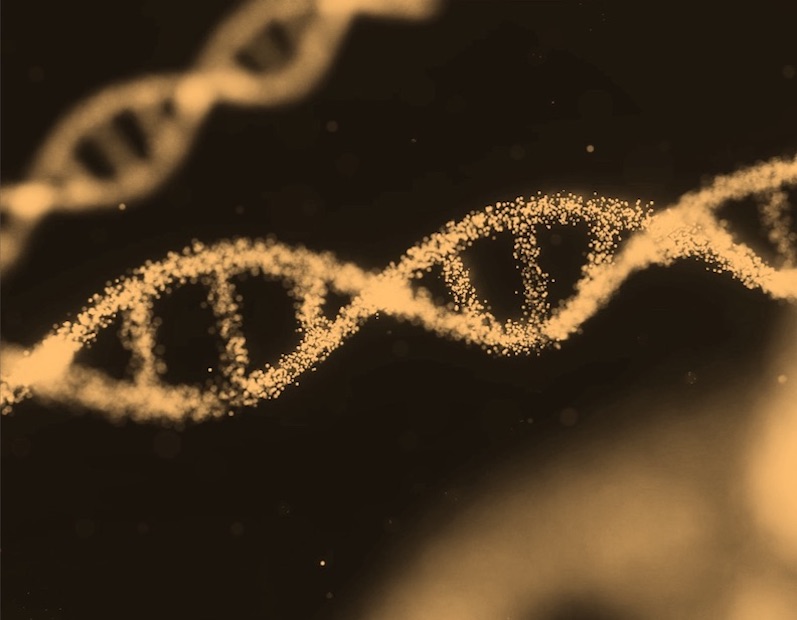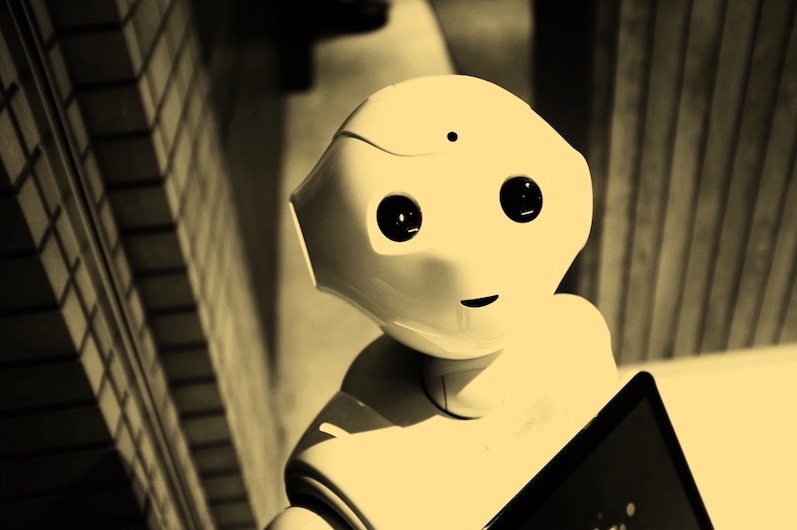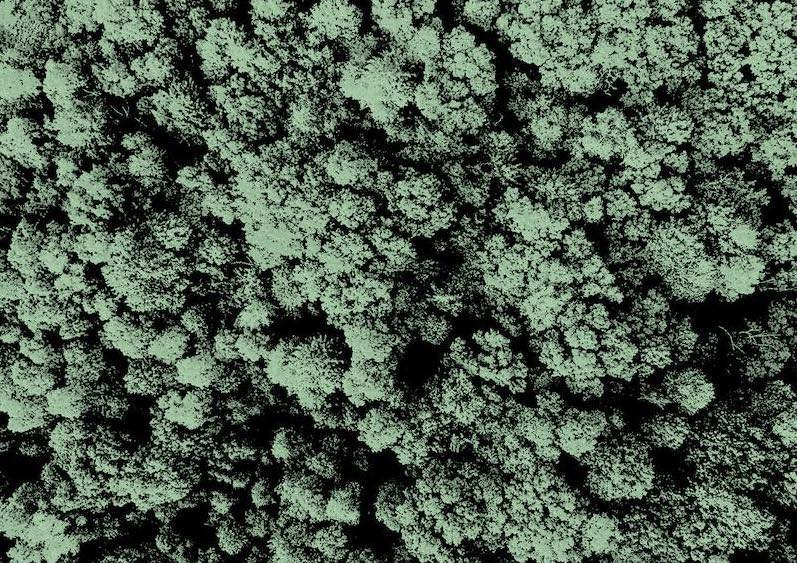What is it about?
Like other custom-built machinery, elevators are charecterized by a design process which includes selection, sizing and placement of components to fit a given configuration, satisfy users’ requirements and adhere to stringent normative regulations. Unlike mass-produced items, the design process needs to be repeated almost from scratch each time a new configuration is considered. Since elevators are still designed mostly manually, project engineers must engage in time-consuming and error-prone activities over and over again, leaving little to be reused from one design to the next. Computer automated design can provide a cost-effective solution as it relieves the project engineer from such burdens. However, it introduces new challenges both in terms of efficiency — the search space for solutions grows exponentially in the number of component choices — and effectiveness — the perceived quality of the final design may not be as good as in the manual process. In this paper we compare three mainstream AI techniques that can provide problem-solving capabilities inside our tool LiftCreate for automated elevator design, namely Genetic Algorithms (GAs), Constraint Programming (CP) and Satisfiability Modulo Theories (SMT). A special-purpose heuristic search technique embedded in LiftCreate provides us with a yardstick to evaluate the solutions obtained with GAs, CP and SMT and to assess their feasibility for practical applications.
Featured Image

Photo by Nick Fewings on Unsplash
Read the Original
This page is a summary of: A comparison of declarative AI techniques for computer automated design of elevator systems, Intelligenza Artificiale The international journal of the AIxIA, July 2022, IOS Press,
DOI: 10.3233/ia-210132.
You can read the full text:
Contributors
The following have contributed to this page








